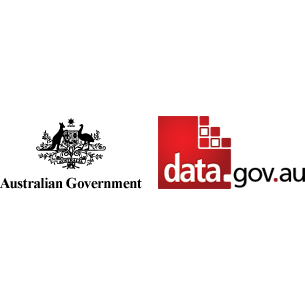Brief description
## **Abstract**The dataset was derived by the Bioregional Assessment Programme from multiple source datasets. The source datasets are identified in the Lineage field in this metadata statement. The processes undertaken to produce this derived dataset are described in the History field in this metadata statement.
This contains the footprint outlines of all the mines used in the groundwater model. There are 4 kmz files identifying both open cut and below ground mines footprints for the base case and coal resource development pathway scenarios.
## **Purpose**
Mine footprints used to define the extent of the mines under different scenarios for input to the groundwater model.
## **Dataset History**
The Hunter groundwater footprint polygon dataset was made into four maps separated into underground and open cut mines, and baseline and CRDP scenarios. These maps were exported as kmz files using Geosoft Oasis Montaj software.
## **Dataset Citation**
Bioregional Assessment Programme (2016) HUN Groundwater footprint kmz files v01. Bioregional Assessment Derived Dataset. Viewed 13 March 2019, http://data.bioregionalassessments.gov.au/dataset/a16c503d-4ec7-4319-b8e1-c8e8a629d71a.
## **Dataset Ancestors**
* **Derived From** [HUN Groundwater footprint polygons v01](https://data.gov.au/data/dataset/c7672a9d-422e-425e-82ef-11afc5fb7ba6)
Spatial Coverage And Location
text: POLYGON ((0 0, 0 0, 0 0, 0 0))
Subjects
Hunter subregion |
Namoi subregion |
New South Wales |
WATER-Groundwater |
geoscientificInformation |
location |
planningCadastre |
User Contributed Tags
Login to tag this record with meaningful keywords to make it easier to discover
Identifiers
- Local : a16c503d-4ec7-4319-b8e1-c8e8a629d71a
- URI : data.gov.au/data/dataset/3deec434-0862-46ab-8644-aa023ced2fee



